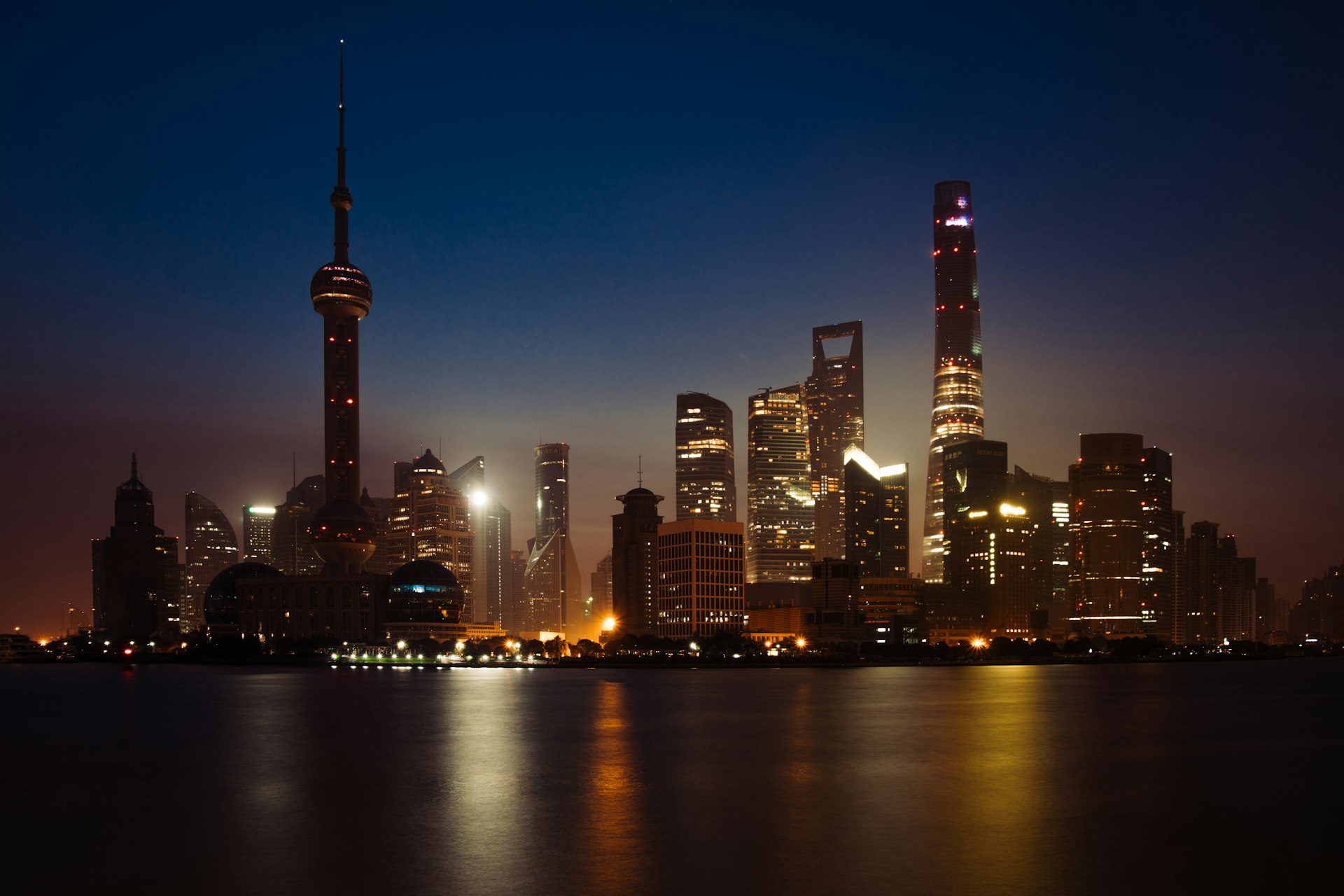When socialist China was established 72 years ago, it was regarded as “the dawn of a new era” for the working class, with “the system of exploitation of man by man abolished” written in the Constitution. However, things have worked out differently, as more than 80% of Chinese employees are now“overworked and under mental and physical stress at an average or higher level”, according to a survey published Wuhan University of Science and Technology (Zhang & Peng, 2019). The recent karoshi (the Japanese term for death from overwork) of a 23-year-old female employee at China’s e-commerce giant Pinduoduo triggered vigorous public discussion and even condemnation of the overwhelming overwork problem. In order to ease the situation, stricter supervision over cooperations, improved legislation and more innovation are believed to be effective measures.
The Chinese industry is known for not only its productive capacity but long working hours. Zhiyong (2019) reported that strikingly 12.9% of employees had worked more than 10 hours of overtime a week, with average working hours settling at 47.56, which is considerably higher than the national standard of 40 hours. Meanwhile, the average weekly hours in the United States of America is merely 35 hours, as reported by the Bureau of Labour Statistics (2019). In 2016, Didi Chuxing, China’s biggest ride-hailing platform, published a transportation report, investigating the service usage among urban white-collars. Its data showed that more than half of the employees on the internet, finance and media industry finish their work after 8 p.m.
Additionally, there is strong evidence linking long hours to health issues (Bannai & Tamakoshi, 2013); in fact, the compensated cases of disease-caused sudden death at work in mainland China have seen a shocking rise from 2475 in 2006 to over 8000 in 2015, on the authority of the China Labour Statistical Yearbooks. Notably, the coverage of the current system does not include any cardiovascular disease, which means the actual number could be higher. At such an alarming growth rate, the problem is no doubt severe and deserves more attention.
The primary cause of this problem is the aggressive growth of cooperations. Under the impact of global capitalism and a Confucian culture of hierarchy and obedience, cooperation managers create a form of “modern slavery”, forcing the employees to adopt a “996” work regime, which means working from 9 a.m. to 9 p.m., six days a week, in order to satisfy the development need while maintaining the lowest possible labour cost (Wang, 2020). The internet giants, including Alibaba, Tencent, and Baidu, have experienced a magnificent market cap increase, and are estimated to undergo a faster growth pace in the future, to which the overwork culture contributes a lot (Guo & Zmeškal, 2016).
The currently uncomprehensive labour law and the weak regulation on working time are also playing a significant part in the overwork culture. While giants like Tencent use their resources to block any information about their 996 policy on the internet and protect their reputation, the government tried to use official media to educate the public that such policy complies with the Labour Law. Days after the Pinduoduo death, Guangming Daily, an official newspaper, posted an article to defend 996, quoting, “under special circumstances, the maximum working hour is under 11 hours a day, and 80 hours a month, therefore we could hardly accuse 996 to be illegal if the companies have negotiated with their employees or labour unions” (Li, 2021).
Those attempts tried to conceal the presence of overwork, along with its enormous and even fatal cost. As reported by China Daily (2016), more than half a million Chinese died from overworking each year. Apart from that, the pressure is crashing people in and out of the workplaces since mobile apps are used to keep a tight connection between them and their bosses, 24 hours a day (Wang, 2020). The discontent workers, including highly skilled personnel, are starting to leave the country, which is a significant loss for China’s long-term development (Wang & Miao, 2021). Simultaneously, criticism towards Chinese companies for their overwork culture is causing a tremendous impact on their image internationally. U.S. Department of State, in their 2020 Country Reports on Human Rights Practices, pointed out the labour right in China faces “severe restrictions” and “numerous obstacles” when it comes to working conditions, including working time. Besides, multiple major media worldwide, including The Guardian, VICE, and Financial Times, all expressed their concern over the issue, with some calling the culture to be “toxic” and “rampant” (Ewe, 2021). Overall, if no action is taken, the overwork culture will harm labour rights to a great extent.
Restricting the expansion of industry giants could be a way out. After years of development, there is a tendency of monopolisation in some industries; Banyuetan, the political magazine controlled directly by the communist party, harshly accused this trend of being “oligarchy”. Introduced in his book The Implosion of Contemporary Capitalism, Samir Amin believed that, under the dominance of several enterprises, the labour right is deeply challenged as employees would have little choice but to accept any unfair rules, including overwork. Although the dispute is still ongoing, actions have been taken towards certain companies, including Alibaba - after an antitrust investigation into the e-commerce giant, Chinese regulator “slaps huge fine” on it, as reported by BBC News. Anti-monopoly measures like this would give employees more room to negotiate and reduce the issue (Huang, 2019).
More comprehensive legislation is needed to protect people from overtime-induced health concerns. For instance, the authority could extend the cover of the current compensation system so that cardiovascular diseases are officially recognised as overtime-induced. As the only countries doing so, Japan, South Korea and Taiwan have seen a significant drop in the corresponding death numbers (PARK et al., 2012). Hence, medical professionals and legislators’ efforts are urgently needed to improve the related compensation system. It would be ideal if laws and regulations could appropriately punish employers who impose unreasonable overwork schemes on their employees, forcing employers to seek alternatives. Nevertheless, it does not wipe the motivation thoroughly and could lead to other legal problem (Morioka, 2008).
Ultimately, the industry could seek more innovation to free the labour force from the blind expansion of enterprises. As the current market will be saturated eventually, companies are left with no choice but to consume more labour to remain competitive (Kurose, 2013). Modern sociologists describe this process as involution, and the most effective way to defeat it is “a more complicated scheme that offers different combinations of property and market relations”, in other words, the innovation over the existing strategies (Lowie & Goldenweiser, 1936, as cited in Burawoy, 1997). If the companies explore new potential and opportunities more positively, overwork will be no longer needed in such a healthy business environment.
To sum up, people have seen the thriving growth of China’s economy over the decade and the corresponding overwork culture. With the increasing trend of this culture, effective initiatives, including limiting the power of large cooperatives, protecting employees’ rights, and eventually having a more healthy business pattern, are required to overcome the issue. Through stricter regulation, comprehensive legislation, and more innovative entrepreneurship, people could expect a promising outcome.
Reference
Amin, S. (2013). The Implosion of Contemporary Capitalism. Monthly Review Press.
Bannai, A., & Tamakoshi, A. (2013). The association between long working hours and health: A systematic review of epidemiological evidence. Scandinavian Journal of Work, Environment & Health, 40(1), 5–18. https://doi.org/10.5271/sjweh.3388
Burawoy, M. (1997). Towards a Theory of Economic Involution. https://www.ucis.pitt.edu/nceeer/1997-811-20-Burawoy.pdf.
China Statistical Publishing House. (2007). China Labour Statistical Yearbook.
Didi Media Research Centre & CBNData. (2016). 2016 智能出行大数据报告 [Big Data Analytics in Intelligent Transportation].
Ewe, K. (2021). Overworking and Humiliation Are Rampant in China's Toxic Workplaces. VICE. https://www.vice.com/en/article/93wzy3/overwork-humiliation-china-toxic-workplace-tech-996-labor-involution.
Geertz, C. (1963). Agricultural involution: the process of ecological change in Indonesia. University of California Press.
Goldenweiser, A. (1936). Loose Ends of Theory on the Individual, Pattern, and Involution in Primitive Society. In R. H. Lowie (Ed.), Essays in anthropology: presented to A.L. Kroeber in celebration of his sixtieth birthday, June 11, 1936. University of California Press.
Guo, J., & Zmeškal, Z. (2016). Valuation of the China internet company under a real option approach. Perspectives in Science, 7, 65–73. https://doi.org/10.1016/j.pisc.2015.11.012
Huang, Y. (2019). Monopoly and Anti‐Monopoly in China Today. The American Journal of Economics and Society, 78(5), 1101–1134. https://doi.org/https://doi.org/10.1111/ajes.12298
Kurose, K. (2013). The dynamics of the labour market and income distribution in relation to the speed of demand saturation. Structural Change and Economic Dynamics, 24, 101–111. https://doi.org/10.1016/j.strueco.2012.07.005
Li, Y. (2021). 光明时评:"996"难言违法,但劳动救济渠道必须畅通 [Editorial: “996” is hardly illegal, but labour compensation system must be accessible ]. 光明网. https://politics.gmw.cn/2021-01/14/content_34543120.htm.
Morioka, R. (2008). Anti-karoshi activism in a corporate-centered society : medical, legal, and housewife activist collaborations in constructing death from overwork in Japan. UC San Diego. ProQuest ID: umi-ucsd-2182. Merritt ID: ark:/20775/bb4130689q. https://escholarship.org/uc/item/98s1c756
Nie, P., Otterbach, S., & Sousa-Poza, A. (2015, March). Long Work Hours and Health in China. http://ftp.iza.org/dp8911.pdf.
PARK, J., KIM, Y., CHENG, Y., & HORIE, S. (2012). A Comparison of the Recognition of Overwork-related Cardiovascular Disease in Japan, Korea, and Taiwan. Industrial Health, 50(1), 17–23. https://doi.org/10.2486/indhealth.ms1317
Wang, J. J. (2020). How managers use culture and controls to impose a ‘996’ work regime in China that constitutes modern slavery. Accounting & Finance, 60(4), 4331–4359. https://doi.org/10.1111/acfi.12682
Wang, V. (2020). Worker Deaths Put Big Tech in China Under Scrutiny. The New York Times. https://www.nytimes.com/2021/02/01/business/china-technology-worker-deaths.html
Wang, Y., & Miao, L. (Eds.). (2021). Annual Report on Chinese International Migration (2020). Social Science Academic Press.
Zhang, Z., & Peng, C. (2019). Study on the Current Situation of Working Pressure of Enterprise Employees. IOP Conference Series: Earth and Environmental Science, 252, 042085. https://doi.org/10.1088/1755-1315/252/4/042085
This essay was written as the term paper for the University English course.

